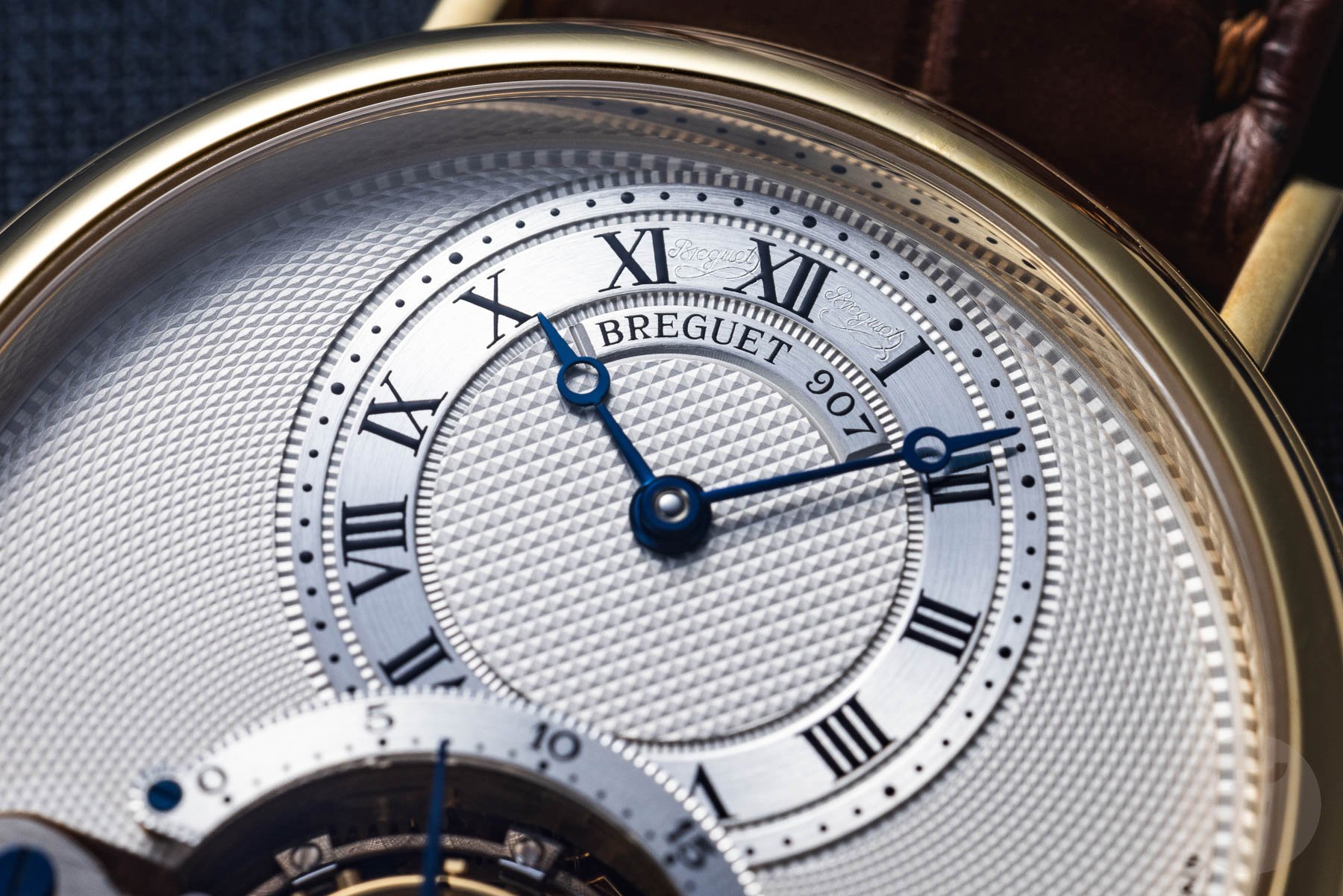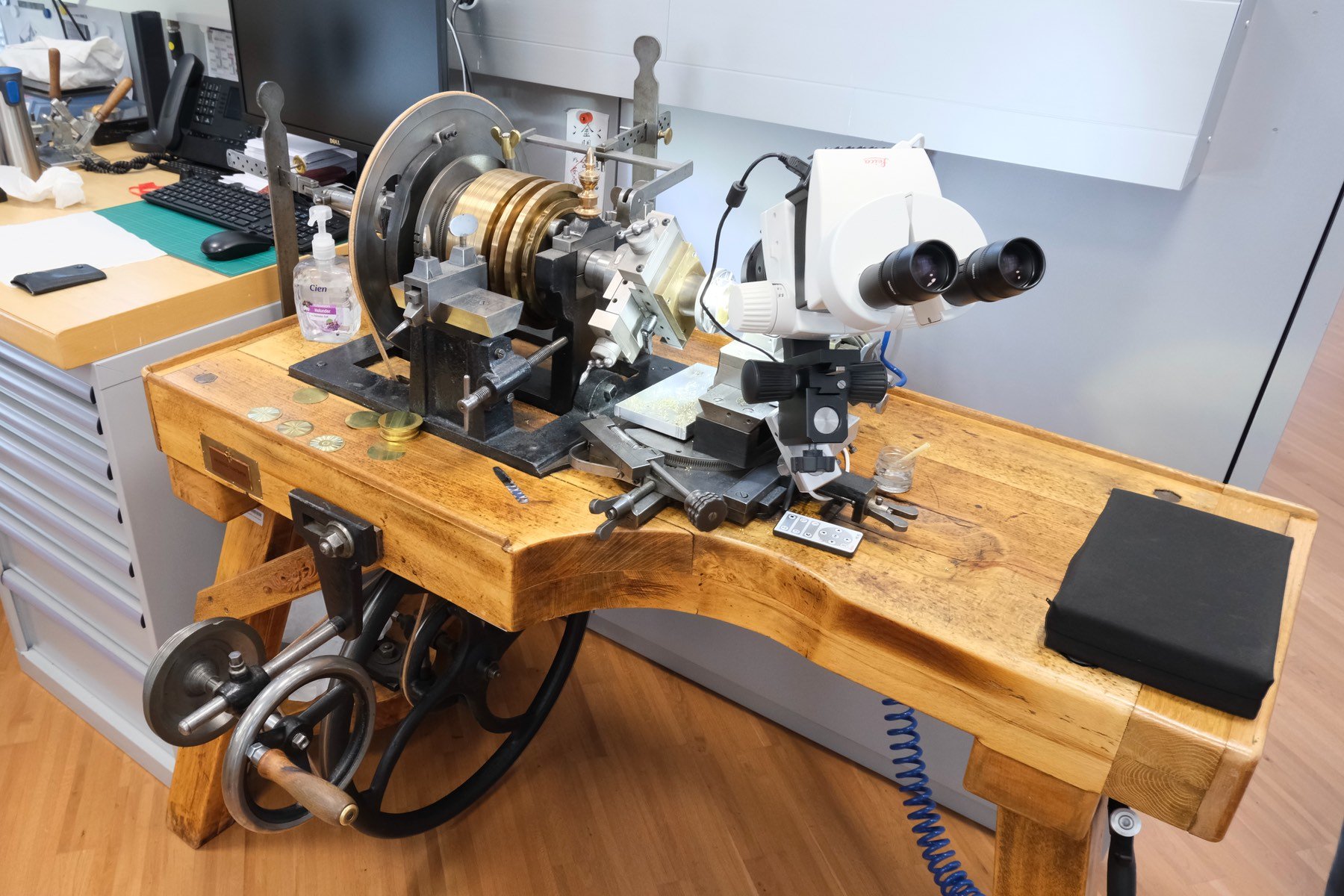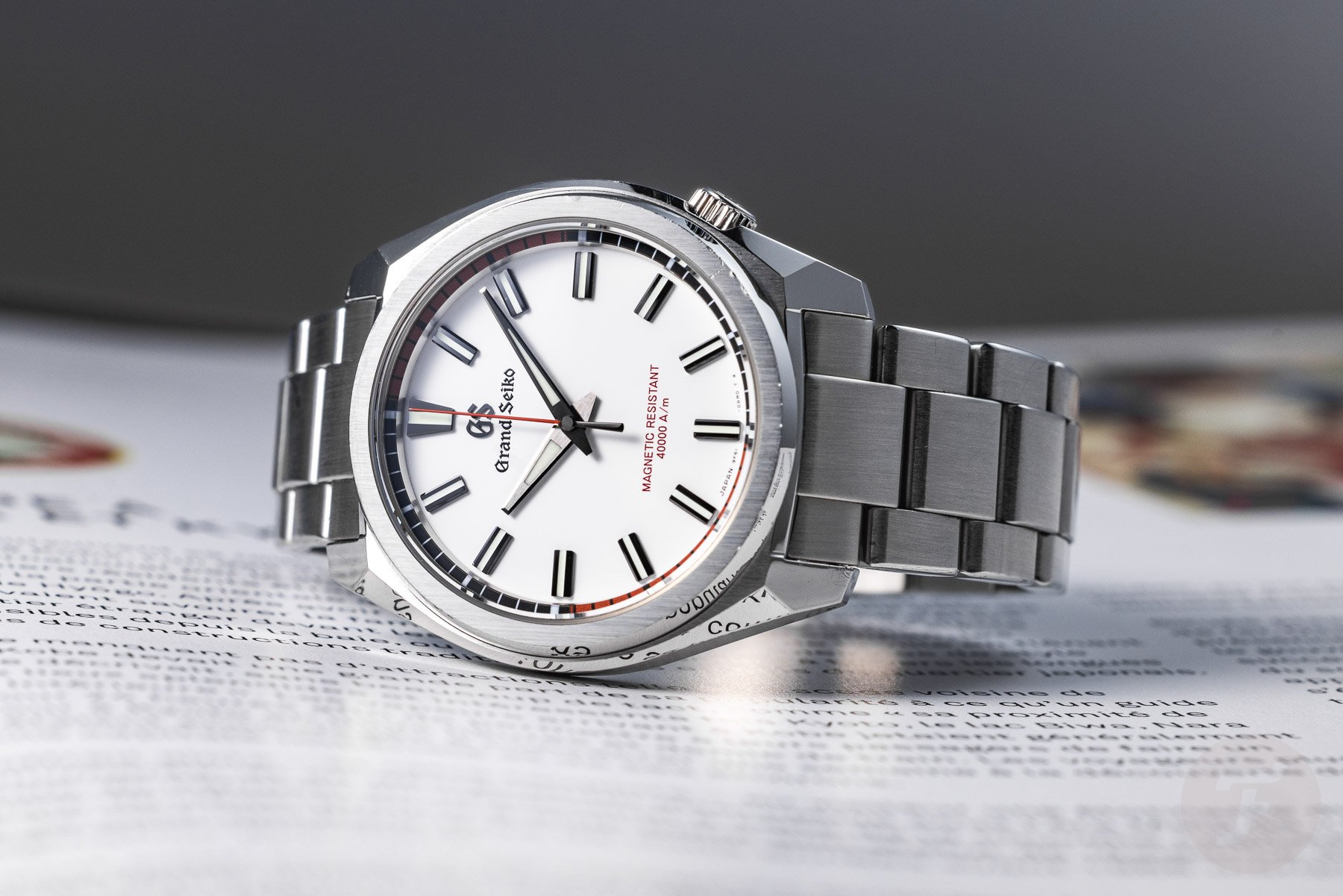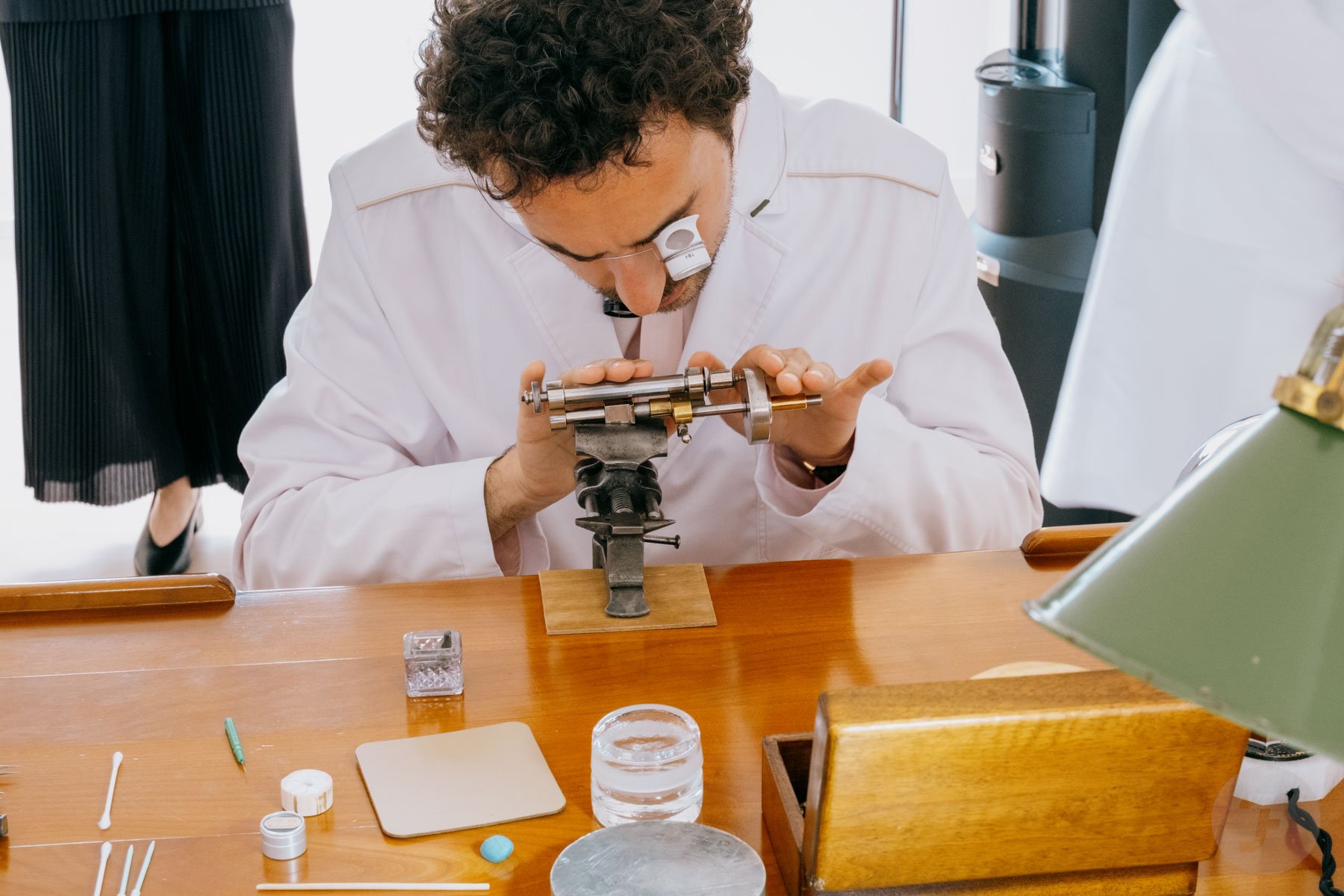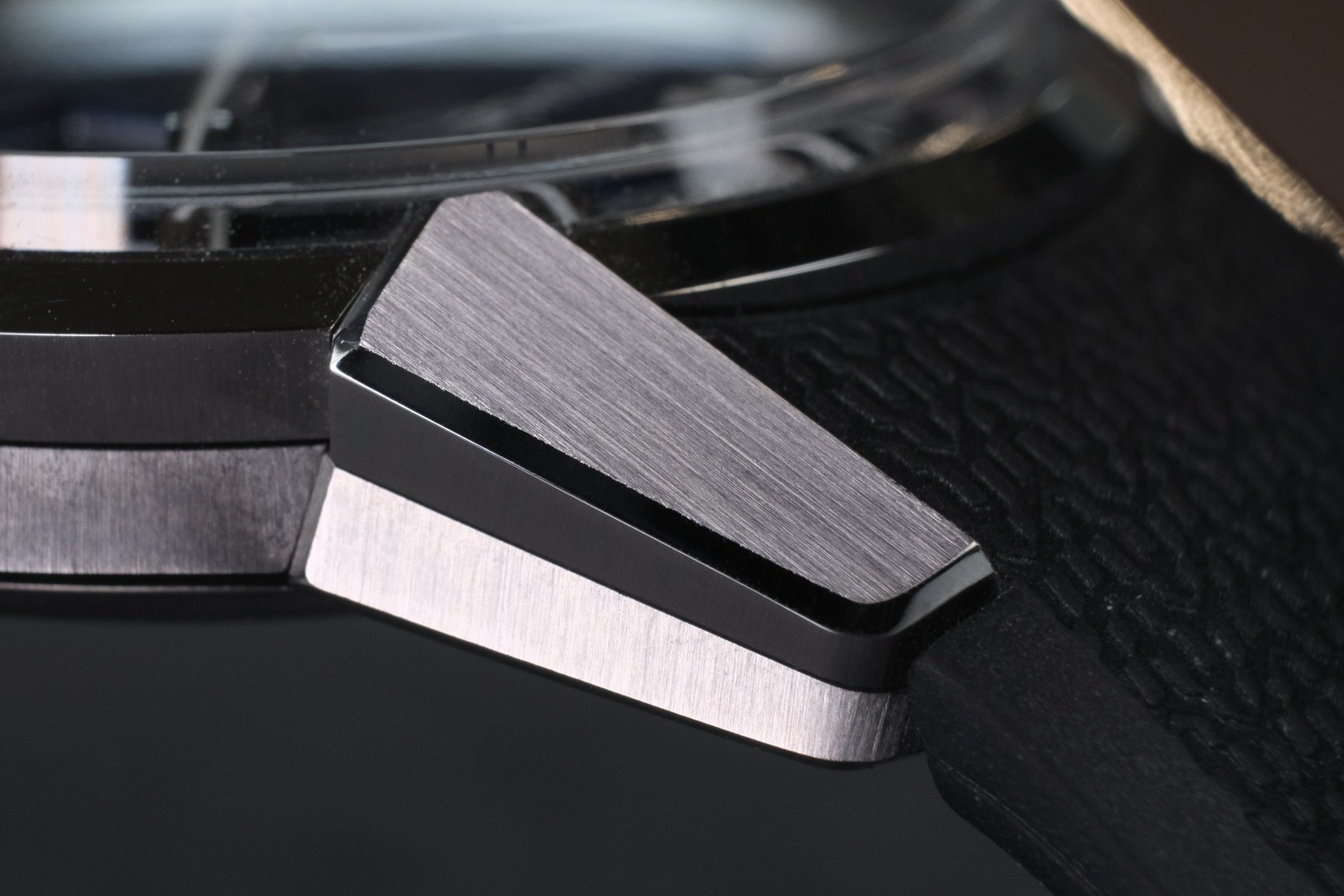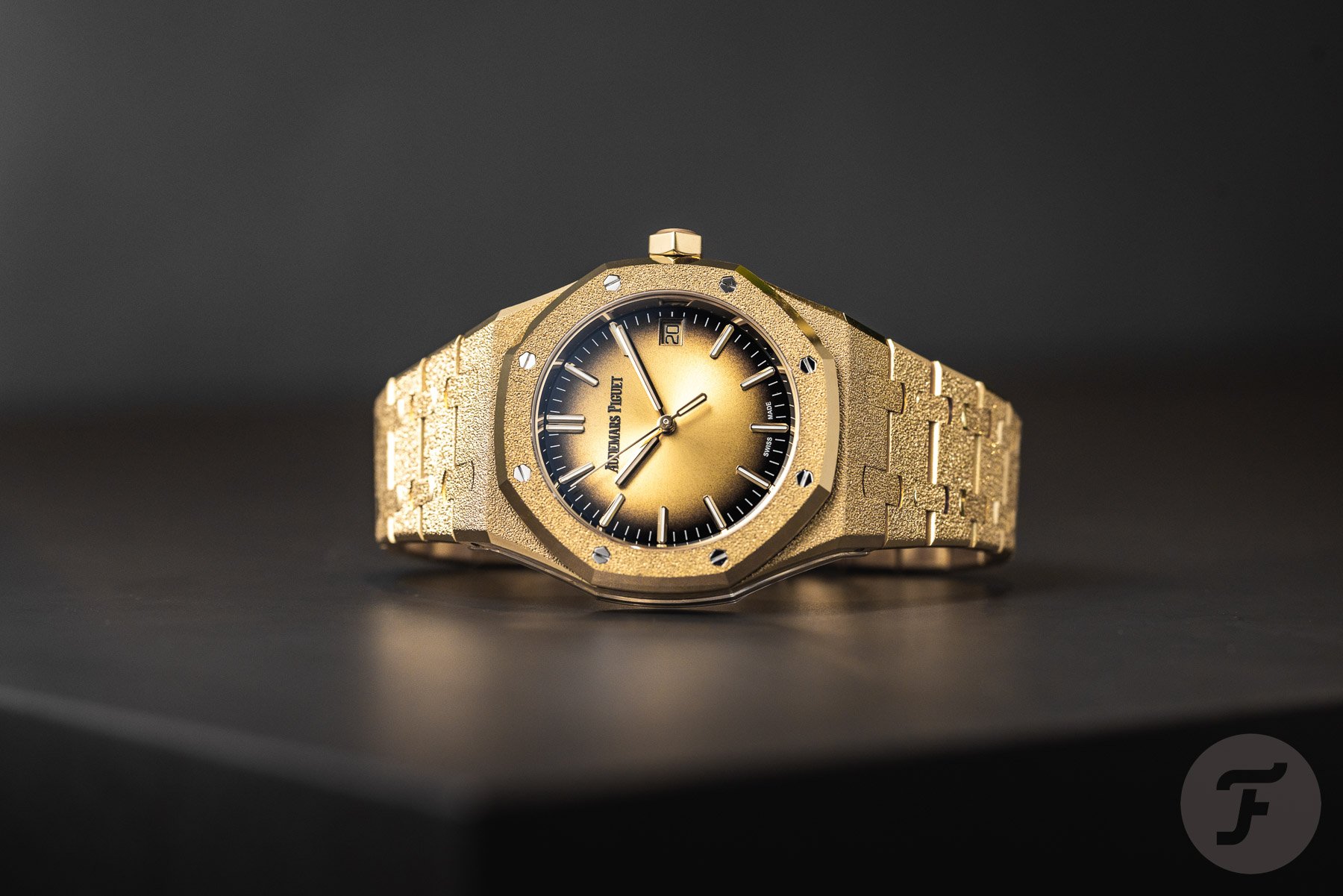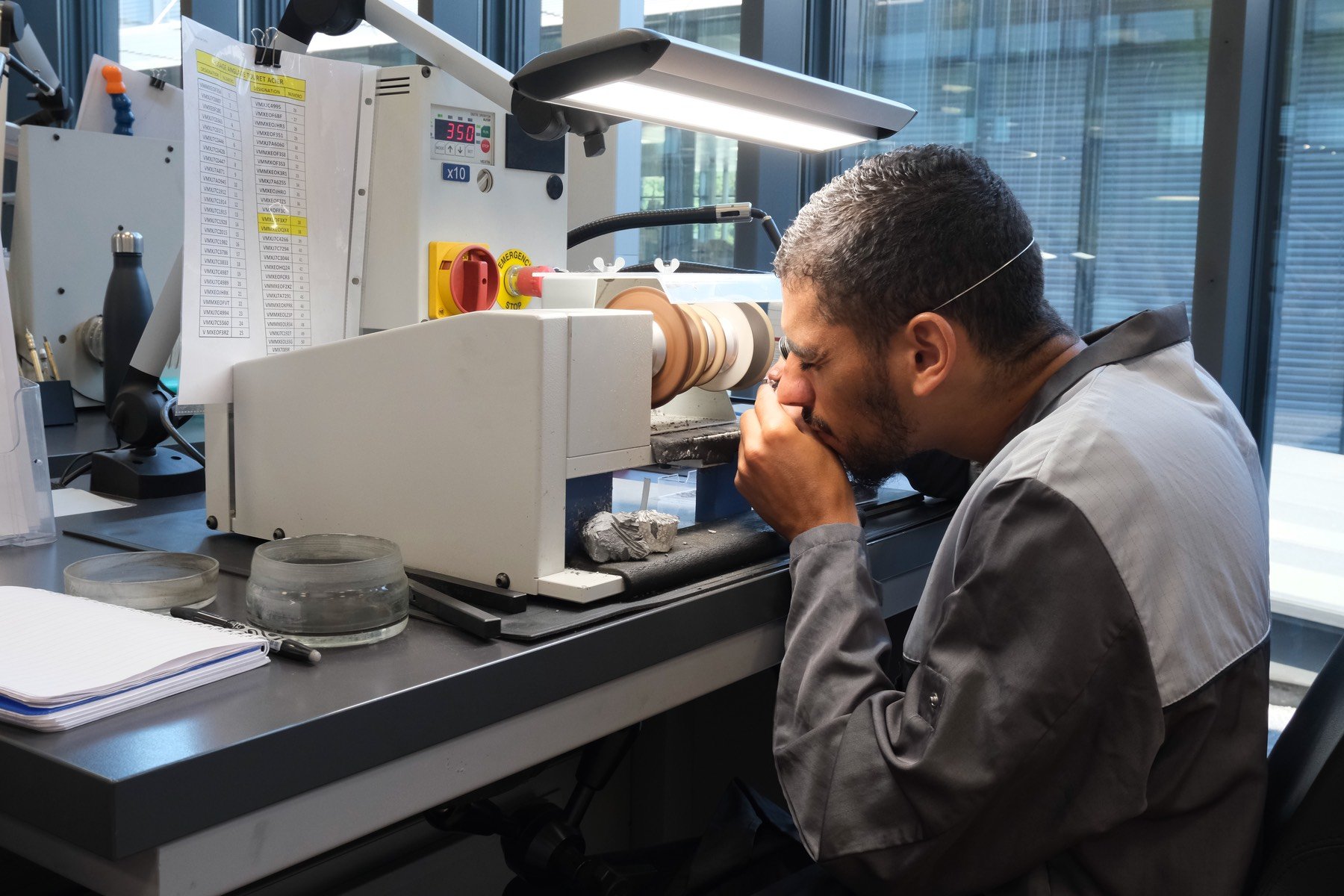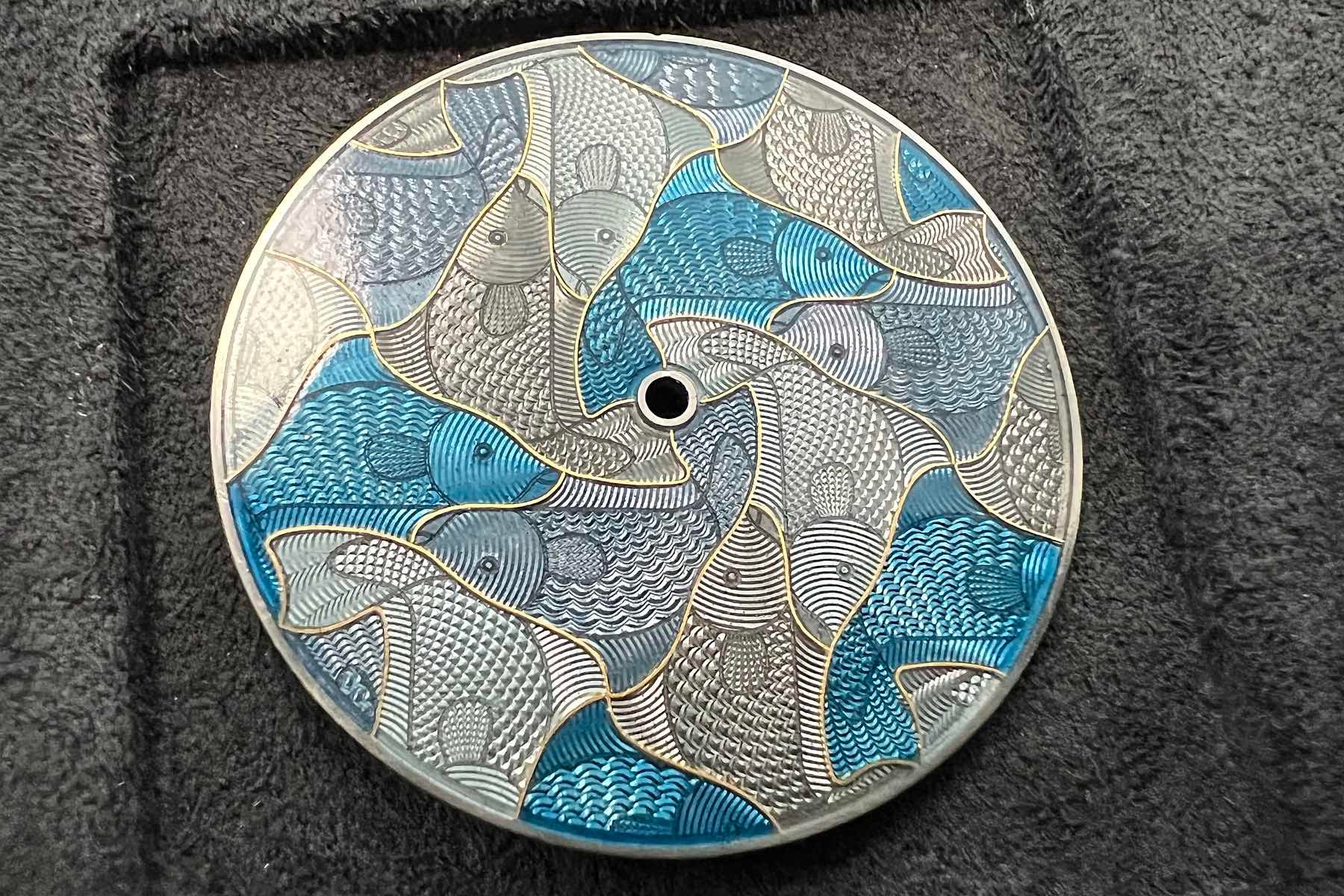Back To Basics: The Finishing Styles Unique To High-End Watches Explained
We are back with another installment of Back to Basics, a series of articles aimed at newcomers to the watch hobby. This time, we will examine high-end finishing techniques. If you are new to the watch world, you may wonder what causes the massive differences in price between watches. One of many aspects at play is higher-end finishing techniques. While you may not be immediately in the market for such a watch, it is great fun to explore the craft that goes into it.
So today, we will look at a handful of finishing techniques you might encounter on higher-end watches. These are just three of an endless range of crafts, but they illustrate a point. Let’s get stuck in.
Dial finishing: Guilloché
Cutting dials on a rose engine — guilloché — is an age-old craft that few people truly master. This technique in watchmaking can be traced back to the 17th century when it was first performed on watch cases. Today, you are more likely to see guilloché work on dials, such as those in Breguet watches. Typically, you will see intricate patterns cut into a dial.
A rose engine is a machine that uses rosettes to turn a rotating motion into specific cutting patterns. The craftsperson operates the machine with both hands, using one to control the rotation and the other to maintain or adjust pressure. This is an extremely delicate process that requires training, much like learning to play the piano with both hands. Not only are the people capable of doing this rare, but so are the rose engines. Many are over a century old, and large brands tend to buy them up. Consequently, some ambitious independents even resort to building rose engines themselves.
You will find similar patterns on more affordable watches, but they are often stamped. The resulting look is noticeably less refined and duller because the material is pressed down rather than cut. CNC machines can also be used. However, if they drive a rotating drill, the resulting cut doesn’t share the same linear nature. Only if they drive a straight cutter can they achieve similar results to handwork (guilloché main).
Black polishing and Zaratsu polishing
Another finishing technique limited to higher-end watches is black polishing. This is a technique that utilizes flat plates to polish flat surfaces. The surface is first perfectly flattened, and any imperfections and hairline scratches are removed. Next, a super fine polish is applied. The name “black polishing” comes from the fact that such surfaces appear black unless directly hit by light.
This technique is widely applied in Haute Horlogerie, such as on movement screws. The most famous form of black polishing is arguably Zaratsu polishing, popularized by Grand Seiko. When the Japanese company acquired a polishing machine from the German firm Gebrüder Sallaz in the 1950s, it was transliterated as ザラツ in Japanese and then transliterated again as “Zaratsu” in the Latin alphabet. The origins of Zaratsu polishing, then, are German. Minase, another Japanese watch brand, also specializes in this type of polishing but sticks to the term “Sallaz.”
Grand Seiko and Minase apply this fine polishing to flat surfaces, using the flat side of the polishing wheel rather than the rounded running one. This results in perfectly flat, mirror-like surfaces. The reflections are almost perfect and without distortion. Again, the surface will often appear black unless light reflects directly at you.
Carolina Bucci’s Florentine finishing or Frosted Gold
A very specific high-end finishing technique is Carolina Bucci’s version of Florentine finishing (not to be confused with traditional Florentine finishing). Audemars Piguet collaborated with the Florentine goldsmith to create the Royal Oak Frosted Gold. The entire watch case and bracelet feature this finish, making them look crystalline and shiny. From a distance, it looks almost like tiny diamonds are covering the watch’s entire exterior.
Diamonds indeed play a part in this finishing technique but in a wholly different way. Bucci uses a type of diamond-tipped hammer to apply this finish. The tool reminds me of a tattoo machine or a miniature jackhammer. Simply put, it beats little dents into the metal, resulting in a coarse and shimmering surface.
This might sound simple, but techniques like these require a very steady hand and great concentration from the craftsperson. This is, basically, an ultra-fine variation on traditional hammering. Having hammered silver jewelry by hand in the past, I can attest to how challenging it is to get a perfectly even covering that is truly appealing to the eye. I can only imagine what it is like when everything is shrunken down to this scale.
High-end finishing is often more laborious
The one common thread among high-end finishing techniques like the ones above is that they tend to be laborious. This is why they are quickly omitted once you step down to more mass-produced, affordable watches. An intricate guilloché dial can take days or even weeks to make, and it’s not as if you can just have the intern take care of it. Indeed, it takes highly skilled specialists. They are sought after, so it is not uncommon for their labor to be expensive. Brands tend to be quite protective of their best artisans.
This is also one of several reasons why the law of diminishing returns applies to watches. As you move into the realm of finishing techniques like those above, watches get radically more costly. A bigger chunk of the price goes to labor instead of materials. This is not to say it isn’t worth it. I think it is, but not everyone will.
As always with Back to Basics articles, I invite you to share your experience. What are your favorite high-end finishing techniques? Let us know in the comments below!

